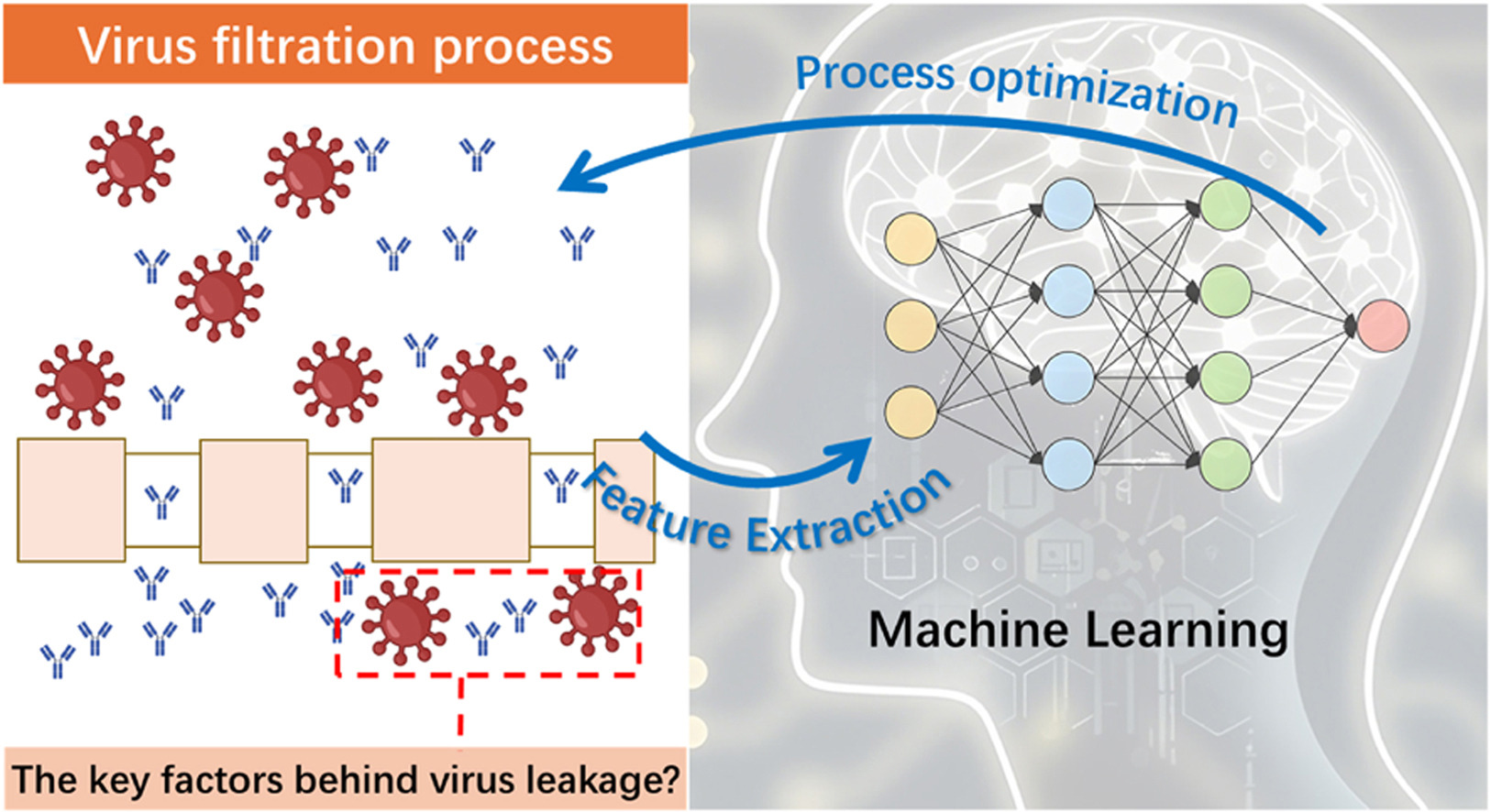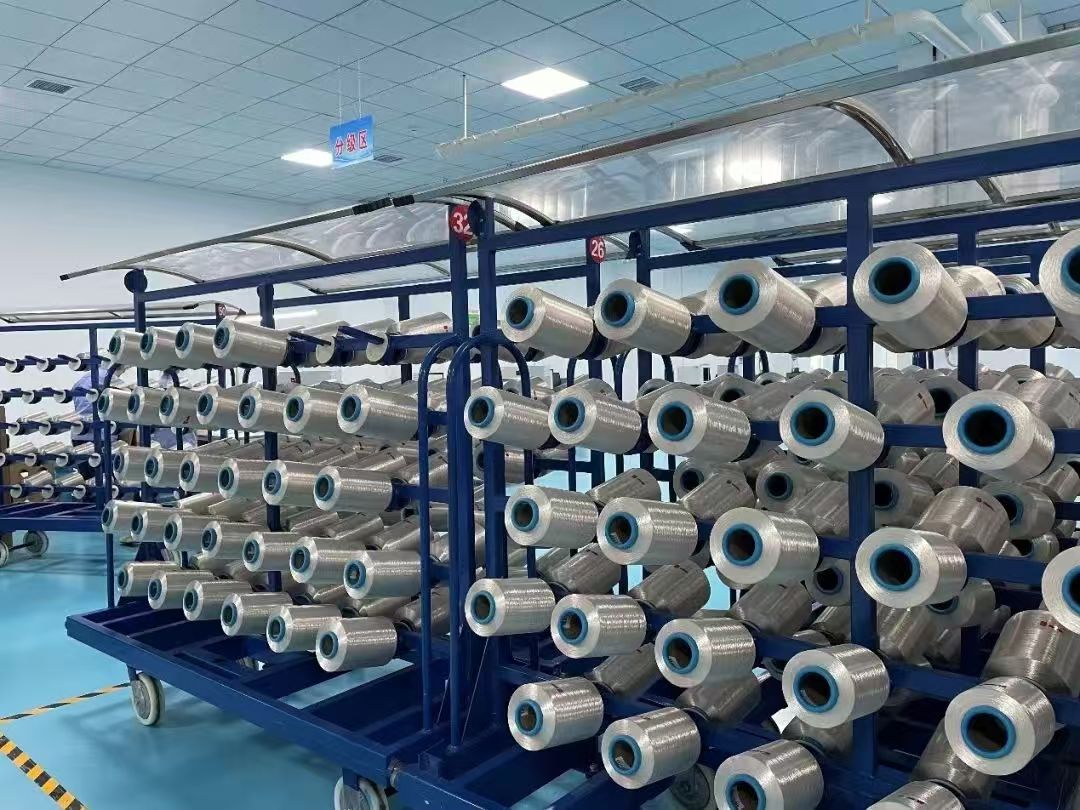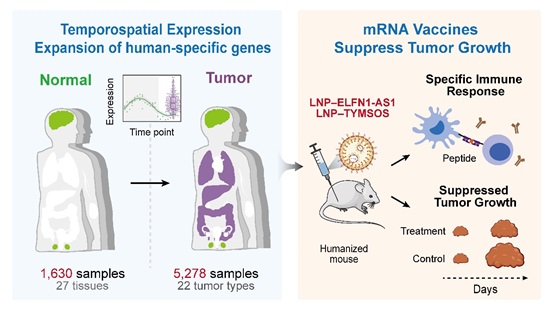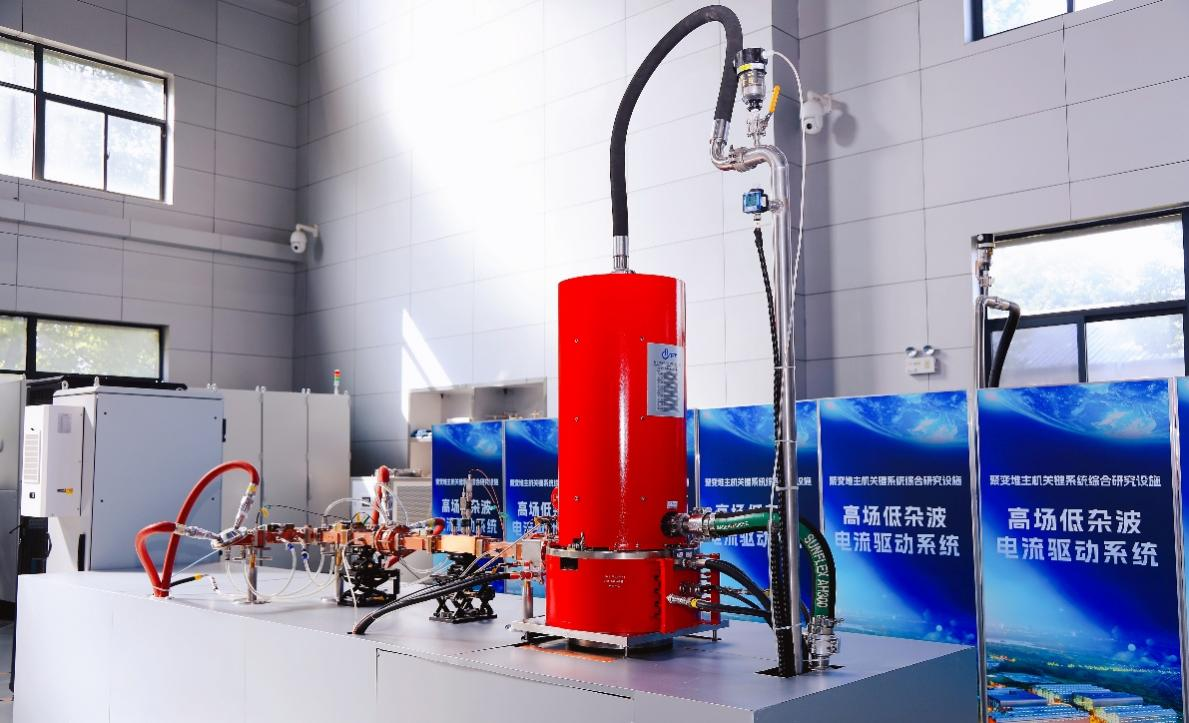

A research team led by Prof. WAN Yinhua from the Institute of Process Engineering has developed a machine learning framework to analysis virus filtration processes in therapeutic protein purification. The new method enables intelligent identification of critical parameters affecting virus retention efficiency and provides predictive guidance for process optimization.
A research team led by Prof. WANG Shuqiang from the Shenzhen Institute of Advanced Technology of the Chinese Academy of Sciences introduced a Prior-Guided Adversarial Learning with Hypergraph (PALH) model for predicting abnormal connections in Alzheimer's disease.

Using the Five-hundred-meter Aperture Spherical radio Telescope (FAST), researchers from the Shanghai Astronomical Observatory of the Chinese Academy of Sciences, in collaboration with other institutes, has uncovered an unexpectedly complex and dynamic filamentary network within a very-high-velocity cloud (VHVC) in the Milky Way.
A new study led by researchers from the Yunnan Observatories of the Chinese Academy of Sciences has unveiled a novel mechanism for filament splitting and the formation of double-decker filaments.
A research team from the Xinjiang Institute of Physics and Chemistry of the Chinese Academy of Sciences has developed a rare-earth tantalate thermosensitive ceramic using a high-entropy strategy.

The world's first thousand-ton-scale ionic liquid-based regenerated cellulose fiber project has officially commenced operations in Henan Province, China. Developed by the Institute of Process Engineering of the Chinese Academy of Sciences, the project marks the first large-scale global production of regenerated cellulose fibers using ionic liquids.

A study led by Dr. LI Chuanyun from the Institute of Genetics and Developmental Biology of the Chinese Academy of Sciences revealed how recently evolved human-specific genes can be hijacked by cancer to drive tumor growth.
Prof. LIANG Xingjie’s team from the National Center for Nanoscience and Technology, along with Prof. GONG Ningqiang from the University of Science and Technology of China, has developed a biomimetic physical barrier (BPB) that temporarily blocks T cell–tumor cell interactions, thereby delaying T cell exhaustion and enabling a stronger, more sustained immune response.
A research team led by Prof. LIU Jinxian from the Institute of Oceanology of the Chinese Academy of Sciences, explored the genetic underpinnings of rapid freshwater adaptation in the Salangid icefish (Neosalanx brevirostris). Their work compared genomic variations between the species' ancestral anadromous population and derived freshwater-resident groups.
A research team led by Prof. ZHOU Yi from the Institute of Oceanology of the Chinese Academy of Sciences, in collaboration with researchers from Germany's GEOMAR Helmholtz Centre for Ocean Research Kiel and other institutions, has discovered cryptic speciation within Nanozostera japonica—a seagrass species common across the Northwest Pacific.
A research team led by Profs. CHEN Deyong and WANG Junbo from the Aerospace Information Research Institute of the Chinese Academy of Sciences has developed a novel microsensor that enhances both the accuracy and measurement range of vacuum pressure detection.

A new satellite-based method developed by Chinese researchers improves the accuracy of carbon dioxide emission estimates from coal-fired power plants.

A research team led by Prof. LI Hai from the Hefei Institutes of Physical Science of the Chinese Academy of Sciences has developed a novel deep learning framework that significantly improves the accuracy and interpretability of detecting neurological disorders through speech.

On June 18, the Lower Hybrid Current Drive system — a critical subsystem of the Comprehensive Research Facility for Fusion Technology — successfully passed expert testing and was officially accepted, marking a significant milestone for the project.

86-10-68597521 (day)
86-10-68597289 (night)

52 Sanlihe Rd., Xicheng District,
Beijing, China (100864)

